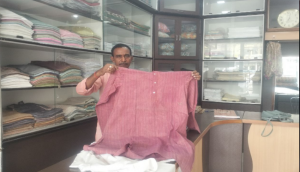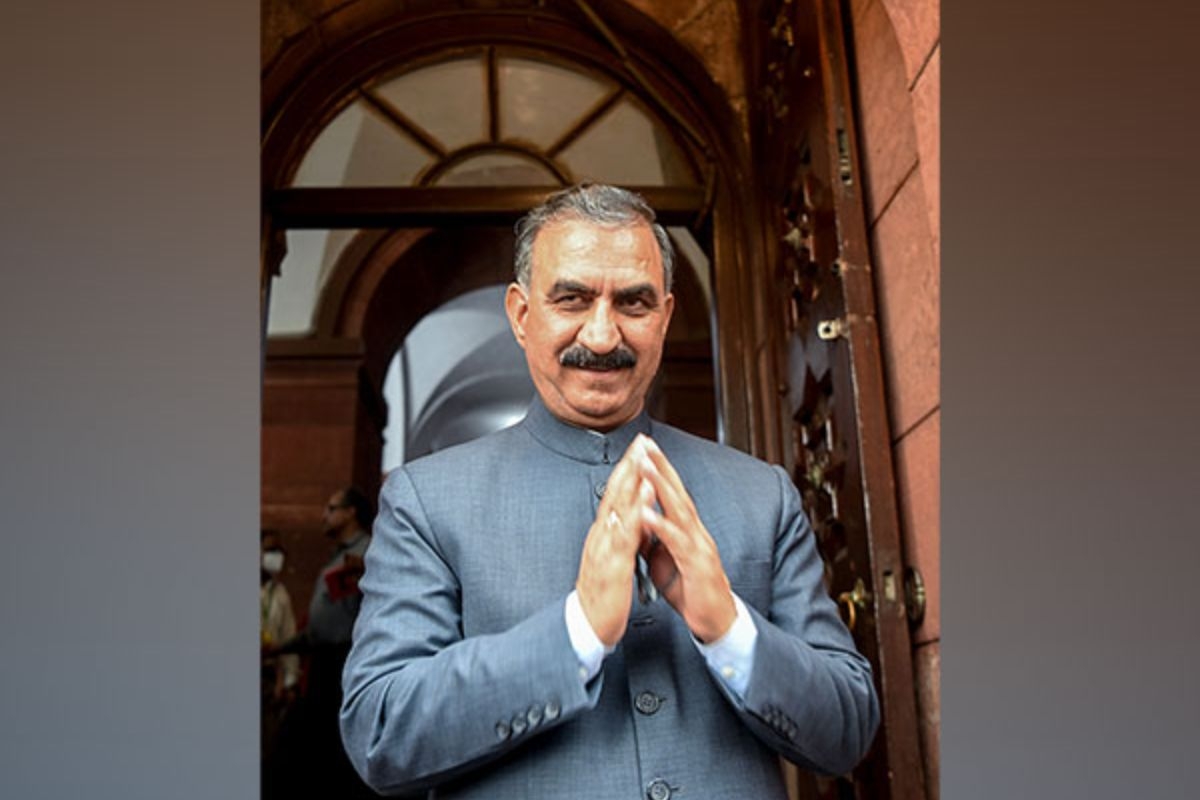
It has been a little over a week since the demonetisation of Rs 500 and Rs 1000 notes took effect. The move was announced on 8 November by Prime Minister Narendra Modi - ostensibly to fight fake currency and black money. While the initial suddenness of the move has been absorbed by the people, there's still chaos looming. The people who are worst affected are daily wagers as well as the semi-urban and rural population.
The big names of the fashion industry have supported this move, but only a very small section of the industry has spoken out about the actual issues they have faced since the move. Designers who have just set up in an already competitive market are appreciating the move, thinking of it as a step towards a transparent future, but are feeling crippled in a largely cash-based industry.
No money to pay workers
Manish Tripathi, owner of Antardesi, an ethnic wear brand for men, said, "I support the PM in the decision he has taken, and hope that this move helps in curbing the black money problem. But the move has led to a lot of delayed payments. It is not only getting them from the clients but also making payments to smaller vendors that is becoming very difficult."
Many designers are reiterating the same thing. Adda embroiderers, pico wallas, workers who make cloth buttons and those who iron the finished garment are hired on a daily basis and have to be paid by cash. Small fashion businesses do not have these daily workers on their payroll and do not get any pucca bills for availing these services. But it is an essential part of the machinery.
Even the master tailors and pattern masters who hold jobs in these small set ups prefer to get their salaries paid in cash, even if designers have set up accounts for them. For these designers, production has come to a standstill.
Ramesh Kumar, an embroiderer who works in a small sweatshop in Shahpur Jat, is unable to send any money back to his village in Motihari, Bihar. He said, "I work on a daily wage of Rs 150 and I have not been paid in the last 7 days. My family has been unable to withdraw money from the bank and are not able to buy seeds to sow crops for the Rabi Season in our small farm back home.
"My owner has bought some rice and dal for my food here, but my family back home is going to starve in the coming year if I don't send them money soon. Orders for embroidery are hardly there in the last week, and I may lose my job, and will be left with nothing."
Wedding woes
According to a report, the wedding industry is a US $40 billion industry. Most designers cater to this market and are paid in cash by the clients and take an advance for the orders.
These designers are now in a bind as orders have started to dry up. Even the big labels are feeling the pressure but they can absorb the loss for the time being.
The lack of orders is a direct result of cancellations from clients. Sakshee Pradhan, of Schon by Sakshee Pradhan, said, "Many of the clients who had their weddings in the coming months have cancelled their bookings and have only paid for the work that was already done on their orders. The garments that I make are made to order and I am now going to face major losses because of the move."
However, it is the newbies who are the most affected by the move. One designer who invested in her label about a year and half ago, catering to the luxury garment market, is facing the same issues. Many of her offshore clients also cancelling orders over fear of delays and payment problems.
Having taken a loan for the start up, she is now planning to cut her losses, close the label and go back to a job. Her only fear is that now that the industry is going to reel from the losses in the next few years, she may not find a job in the luxury apparel industry easily.
Sandeep Kumar, Creative Director of Vastralab, a luxury menswear brand, said, "A big issue we designers are facing is that the new clients are not ready to pay any advance on their orders anymore, and young entrepreneurs like us can't take the risk of investing in new orders, only for them to be cancelled at the last minute."
While not everybody is against the move, their businesses have been badly affected in just one week, and no one seems to know when things will go back to normal.
Hands off handicrafts
The recent 'I wear Handloom' campaign, introduced by Smriti Irani, was a huge hit according to many designers. As part of the campaign, many of the fashion shows had days dedicated to designers working with handlooms, generating a lot of interest in handloom-based designer wear among clients.
This meant that many labels were happy to explore the handloom sector. However, demonetisation has made sure that the handloom sector would be left in a state of limbo yet again.
The handloom, usually sourced from rural parts of India, has no proper payment channels. There are NGOs that are working in the handicraft sector but, since there is a lack of cash, the payments to the craftsmen have been put on hold.
Designers are not ready to pay 200% of what they used to pay craftsmen themselves. Especially since many know that those who are selling the wares with pucca bills are cutting corners by underpaying their loom workers and craftsmen by a huge margin.
During the months of November and December, many designers start preparing for the coming fashion weeks in March and April. There are several who said that they will probably not be working on handloom-based collections because of the high cost. They feel it would be easier and cheaper to source machine-made fabrics.
Jewellery - still a goldmine
Even though the design industry has been badly affected, jewellery designers have seen a surge in buying in the last week, especially gold and hallmarked precious stones.
A Jaipur based jewellery designer, who wished to remain anonymous, said, "People have been constantly approaching me to invest in jewellery after demonetisation last week. Even those who were undecided a few weeks ago about investing in gold and precious stones have made down payments in full cash and taken same day deliveries."
A Mumbai-based jewellery designer also reiterated the same thing, adding, "Many of the designers are 'helping' out their old clients by making back dated bills for them."
Ambar Paridhi Sahay, who often designs for celebrities, said, "The move is obviously going to cause some teething troubles, but in the long run it may help all businesses come above board in their payments and transactions.
"The excise duty move that happened back in March was a bigger issue for us jewellery designers, which saw an agitation for two months, but in the end people in the business just came back and started working again. In the future we may see a rise in prices of jewellery as the taxes on jewellery, gold and precious stones may increase."
First published: 17 November 2016, 7:43 IST






![BJP's Kapil Mishra recreates Shankar Mahadevan’s ‘Breathless’ song to highlight Delhi pollution [WATCH] BJP's Kapil Mishra recreates Shankar Mahadevan’s ‘Breathless’ song to highlight Delhi pollution [WATCH]](https://images.catchnews.com/upload/2022/11/03/kapil-mishra_240884_300x172.png)

![Anupam Kher shares pictures of his toned body on 67th birthday [MUST SEE] Anupam Kher shares pictures of his toned body on 67th birthday [MUST SEE]](https://images.catchnews.com/upload/2022/03/07/Anupam_kher_231145_300x172.jpg)






